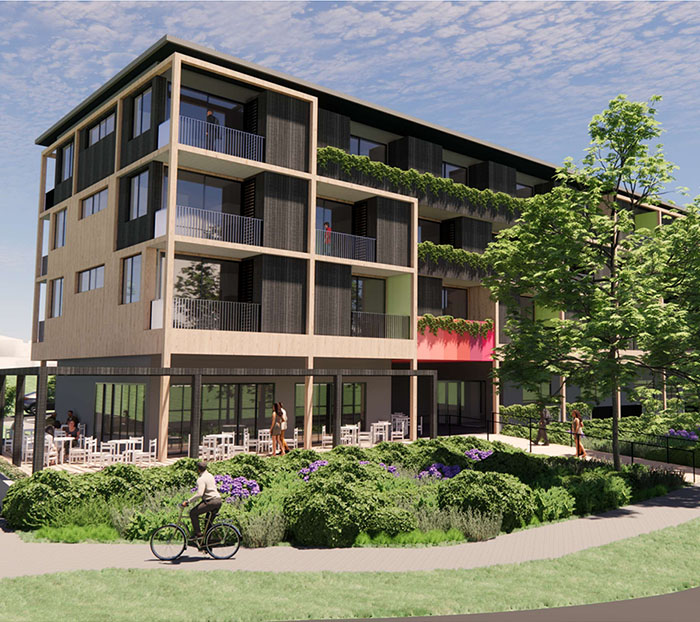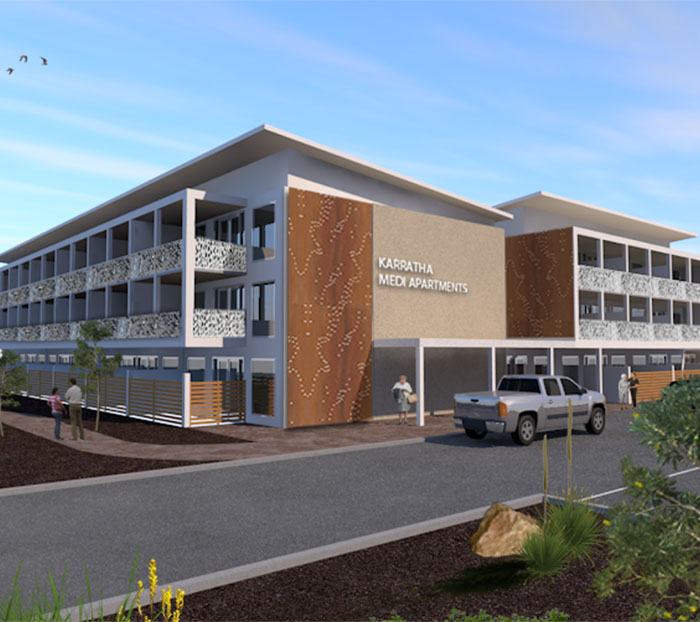
AYR Smarter Communities

Smarter Communities are innovative, demand-driven, fully sustainable, and put people first.
AYR Smarter Communities are a holistic concept for Real Estate Developers, Community Housing Providers, Governments & Private Investors to build community based projects and infrastructure that sustains long-term value, and significantly improving yields and returns for everyone.
Right across the globe, the demand for more affordable housing and community infrastructure has never been greater. This demand presents considerable challenges for governments and the private sector alike. Both are now seeking innovative ways to deliver essential infrastructure in terms of health, education, and housing to meet the needs of their communities.
AYR have created a real estate development ecosystem for communities by adopting the Environmental, Social & Governance (ESG) principles. The AYR Smarter Communities model is a innovative concept designed to create and sustain long-term value in a rapidly changing world, and manage the risks and opportunities associated with such changes.
AYR Smarter Community projects utilise AYR Green Data Centres and AYR Green Energy to increase yields, raise capital and provide a positive social impact and benefit to the community.
AYR delivers green energy projects to urban areas where it is most needed. More…
Fast to setup and scalable, our modular design data centres driven by renewable energy. More...

Why we’re building smarter community projects.
Our philosophy is simple. Property development projects should not be solely undertaken and based purely on profit. It’s our belief we need a more integrated and sustainable real estate industry that focuses on community needs, and developments should have a positive social & environmental impact. This means incorporating improved design standards for more sustainable, community-focused developments that improve and enhance quality of life. It also means engaging the community to determine environmental and social impacts, increasing housing affordability, reducing material waste, and lowering energy consumption and emissions.
Case Studies
Co-Living and NDIS Community Hub.
Mandurah, Western Australia
The proposed Mandurah development is one of several projects based on affordable “Co-living and NDIS Community Hub” under a “Build to Rent” model aimed at creating a “Social Impact”.
The project is located at the Mandurah Station. It consists of 22 co-living apartments with 79 rooms, 4 NDIS apartments, a social-enterprise coffee shop and a medical centre with NDIS Therapy.
A modular datacentre powered by renewable energy is underpinning the project’s financial viability. The building has been passive solar designed, based on a modular grid system.
The construction maximises the use of low carbon renewable building materials by using “tall timber construction”, which maintains a clean environment. The project has also incorporated a solar array over the roofs of the building and parking area, where excess electricity is sold to the primary grid.

Medi-hotel & NDIS Accommodation.
Karratha, Western Australia
The proposed development is in a prime location, directly across the road from the new Karratha Health Campus and 5 minutes to the Karratha City Centre. The development site site currently owned by the Government. ing.
The proposal is to develop (a) a Medi-hotel to support the new Karratha Health Campus and (b) an NDIS accommodation. Although these two facilities have different functions, they will be operated under single management. Complementing these proposed facilities are, a social enterprise coffee shop and a medical centre.
The project is an ecologically sustainable development, where sustainable building material is incorporated into a modular construction system. A Green Modular Data Centre will be located on the top floor and powered by a solar array.



